We may earn money or products from the companies mentioned in this post. This means if you click on the link and purchase the item, I will receive a small commission at no extra cost to you ... you're just helping re-supply our family's travel fund.

Dining out is enjoyable, but paying attention to cleanliness and food safety is important. Spotting warning signs can help avoid unsafe restaurants and foodborne illnesses. By observing staff hygiene, kitchen practices, and overall sanitation, you can quickly assess whether a restaurant maintains proper standards. Here are 10 ways to identify health code violations yourself and ensure you choose places that prioritize safety and cleanliness.
Personal Hygiene of Employees

Watch how employees maintain hygiene. They should wash their hands often, wear gloves when needed, and have clean uniforms. Dirty attire, unwashed hands, or improper food contact indicate poor standards. Good personal hygiene shows management cares about safety and sanitation, while sloppy habits are clear red flags that a restaurant may not follow proper health guidelines or food handling protocols necessary to keep customers safe.
Proper Food Handling Practices
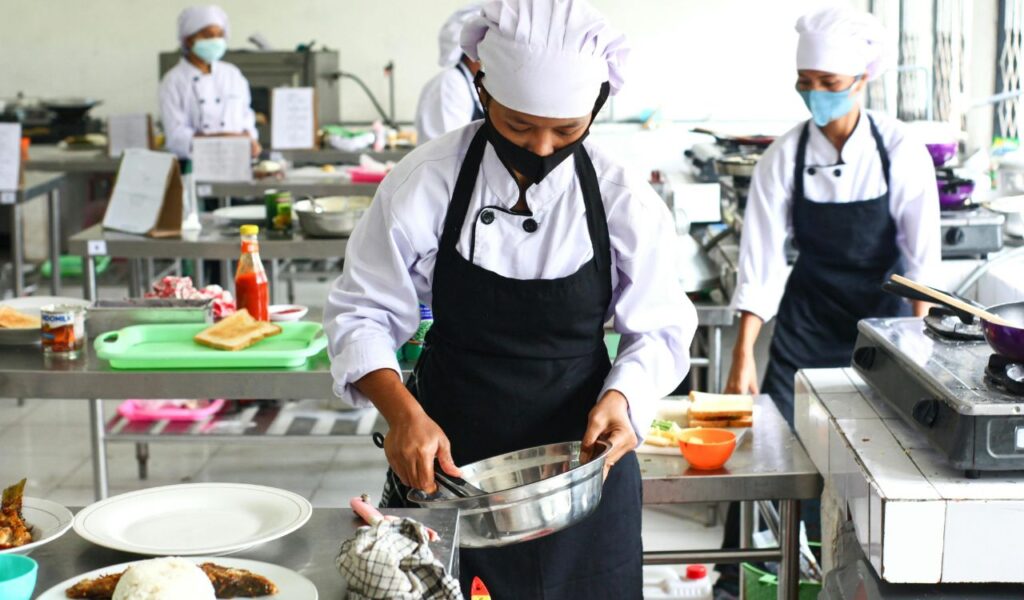
Notice how food is handled. Raw meats must be kept separate from ready-to-eat foods to avoid cross-contamination. Utensils and cutting boards used for different items should be cleaned and sanitized thoroughly between uses. If staff handle raw and cooked foods without proper cleaning in between, it’s a serious violation that increases the risk of spreading harmful bacteria to customers through unsafe food preparation practices.
Temperature Control for Food
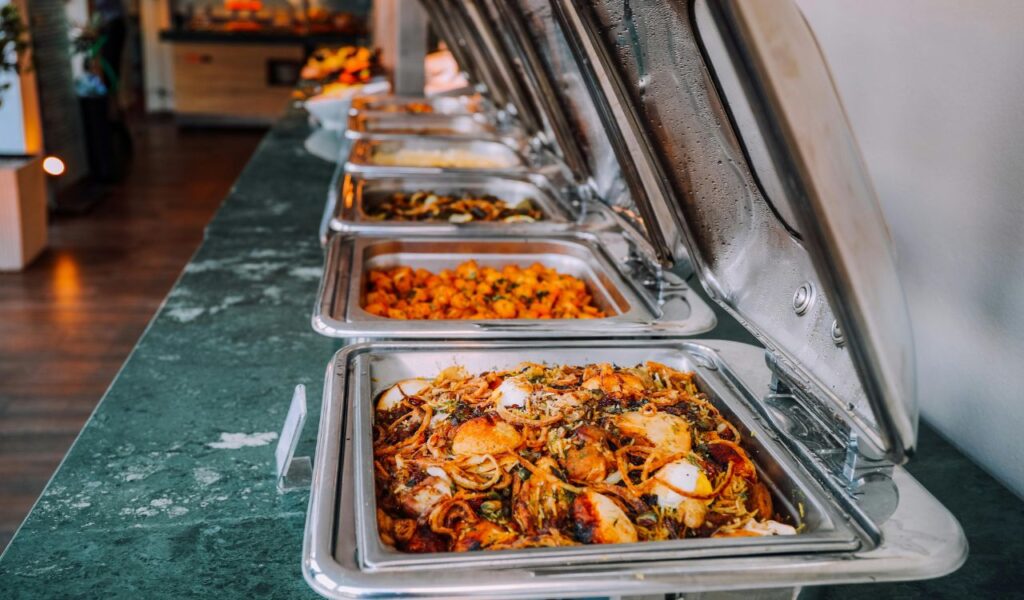
Safe temperatures are critical for preventing bacterial growth. Hot foods must be served hot and cold foods must be kept chilled. Lukewarm meals or improperly stored items are red flags. Buffets and open stations should have visible heating or cooling equipment in use. Temperature abuse is a major health risk that allows dangerous bacteria to multiply quickly, leading to potential foodborne illnesses that can seriously affect diners’ health.
Evidence of Pest Control
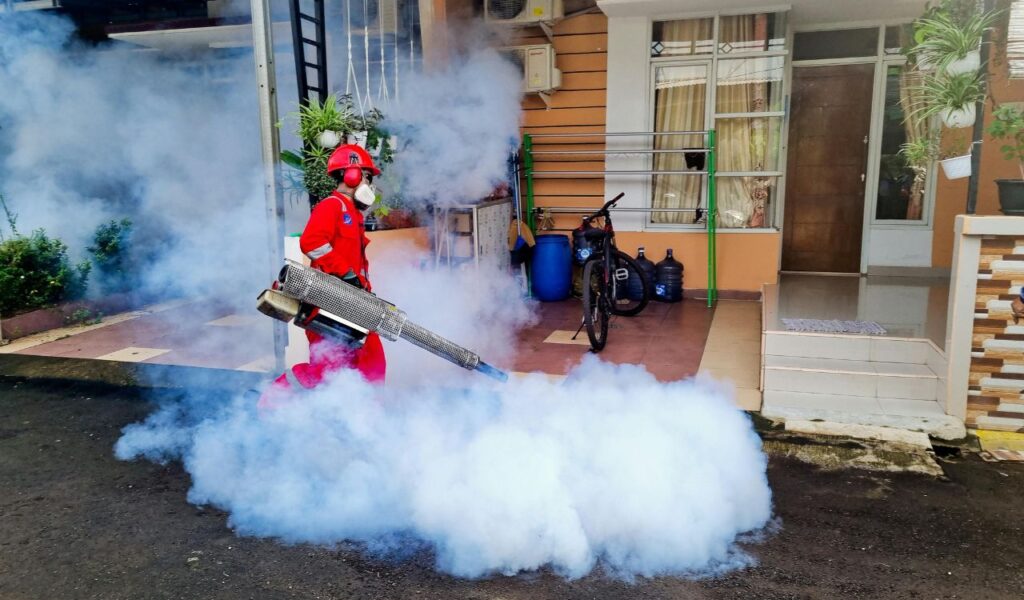
Look for pest control signs. Droppings, flies, or roaches are indicators of poor sanitation and health code violations. Restaurants should be clean enough to deter pests. Visible infestations or dirty floors show neglect and can lead to contaminated food and surfaces. Regular pest prevention and proper waste disposal are essential for maintaining a sanitary environment and ensuring food remains safe for customers to consume.
Cleanliness and Sanitation of Surfaces
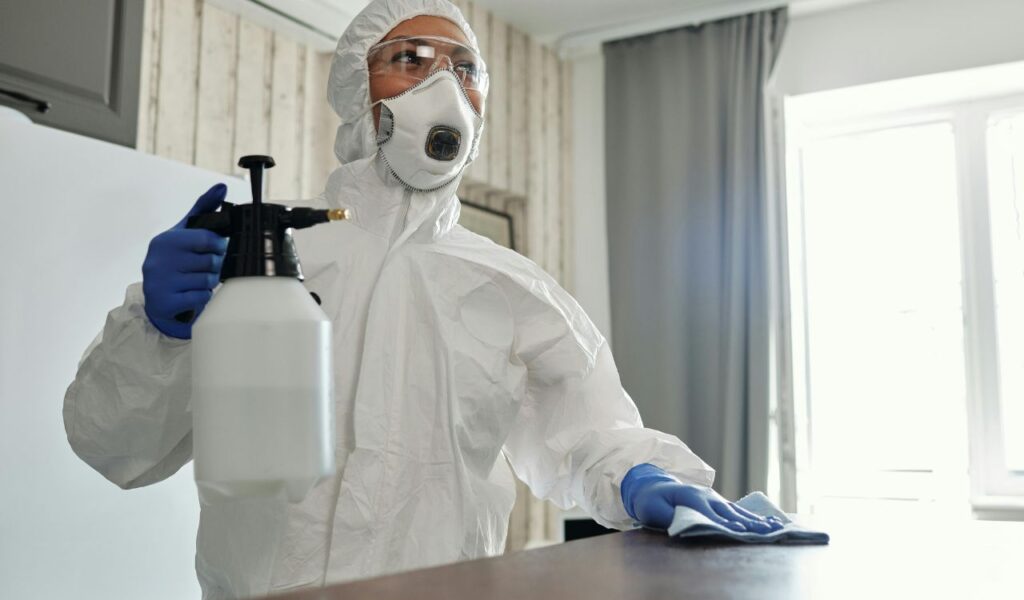
Check how clean the tables, floors, and food prep areas are. Sticky tables, dirty utensils, and unclean counters suggest improper sanitation. Regular cleaning reduces bacteria and keeps dining spaces safe. Food prep areas must be spotless, with sanitized surfaces used for cooking and serving. A restaurant that fails to clean regularly shows a lack of attention to food safety and customer health standards that are required.
Safe and Proper Food Storage

Observe how food is stored. Items should be properly labeled, sealed, and refrigerated at safe temperatures. Raw meats should be kept separate from cooked foods. Expired ingredients or uncovered containers are serious warning signs. Correct storage prevents contamination and keeps food safe for customers. Poor storage practices risk bacterial growth and spoilage, both of which can compromise meals and lead to foodborne illnesses among diners.
Prevention of Cross-Contamination
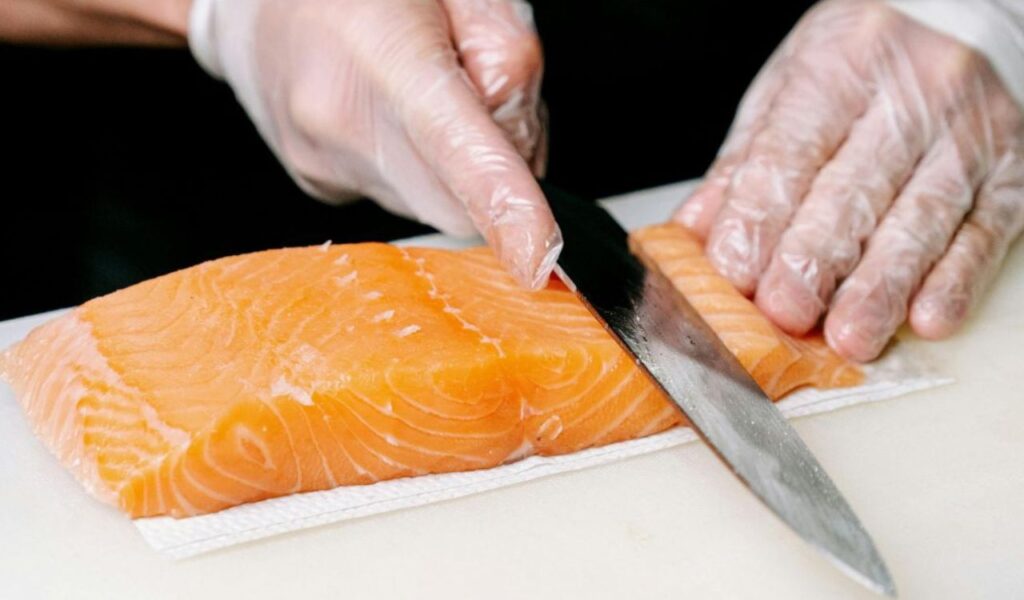
Watch if employees switch gloves or wash their hands after handling raw food. Using the same tools for raw and cooked items spreads bacteria easily. Cutting boards, utensils, and surfaces must be sanitized between uses. Cross-contamination is one of the leading causes of foodborne illness and indicates poor training or disregard for health rules. Proper separation ensures food remains safe from dangerous pathogens and keeps customers protected.
Cleanliness and Maintenance of Equipment
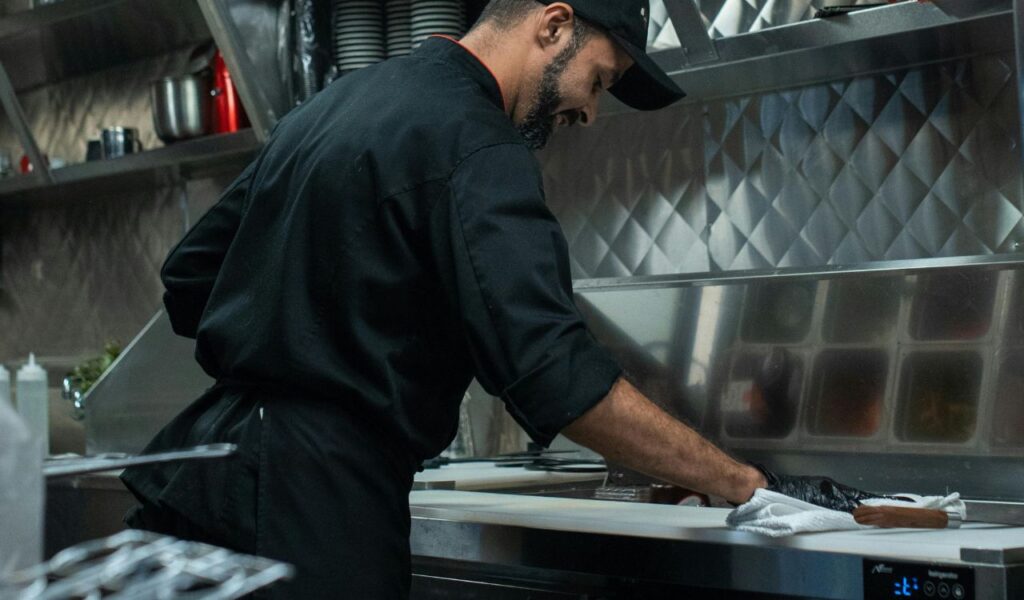
Inspect the kitchen equipment you can see. Dirty ovens, stained microwaves, or grimy refrigerators show poor upkeep. Clean and well-maintained appliances help keep food safe and reduce contamination risks. Broken or filthy tools are warning signs of negligence and poor standards. A restaurant that maintains its equipment signals a commitment to sanitation, safety, and overall quality in its food preparation and customer service practices every day.
Proper Waste Disposal Methods
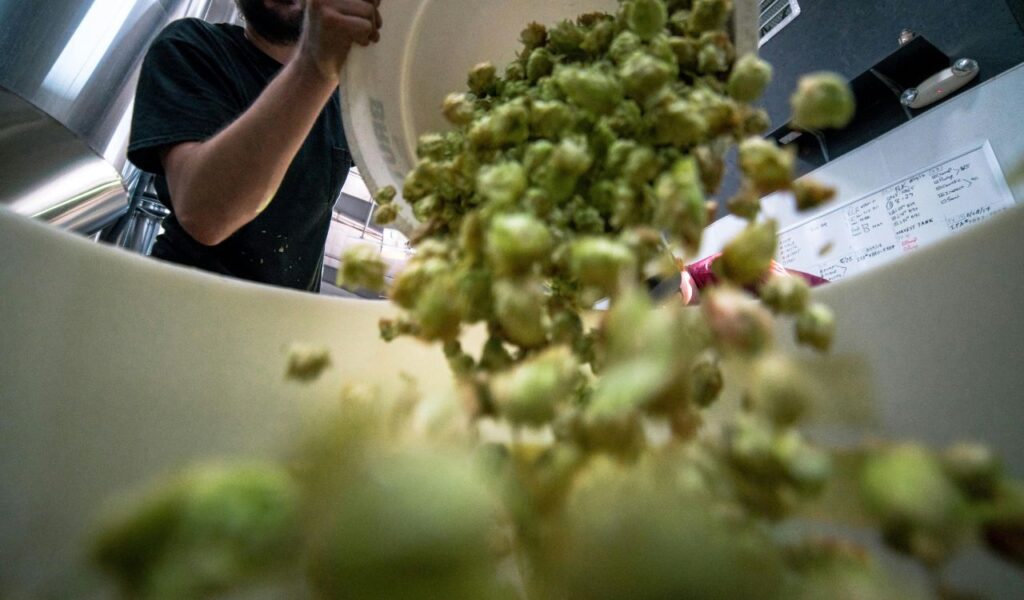
Trash should be emptied regularly and stored properly. Overflowing garbage bins, bad smells, or improperly sealed waste areas attract pests and spread germs. Clean waste disposal systems prevent infestations and maintain hygiene throughout the restaurant. Employees should dispose of waste quickly and sanitize surrounding areas to reduce contamination. Poor waste management is a clear violation that reflects poorly on a restaurant’s cleanliness and overall operational practices daily.
Employee Training and Safety Procedures

Well-trained staff follow hygiene protocols strictly. Watch how they handle food and follow safety rules. Employees unsure of procedures or cutting corners may not be properly trained, which risks customer safety. Staff should know how to wash hands, sanitize surfaces, and maintain food temperatures. Proper training reflects management’s commitment to health standards and ensures diners are served food prepared under safe, regulated conditions at all times.